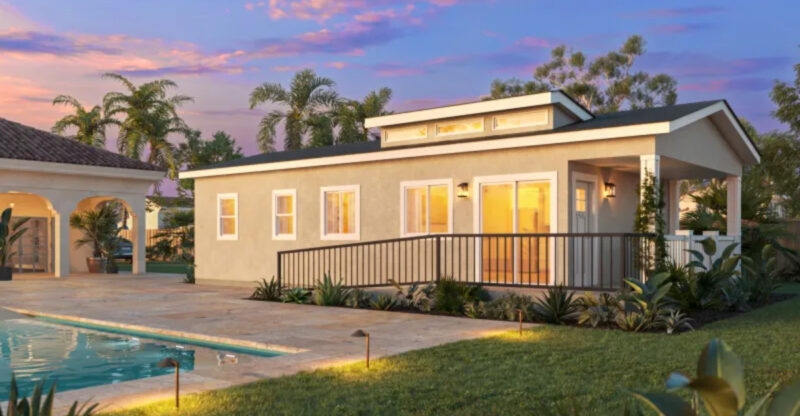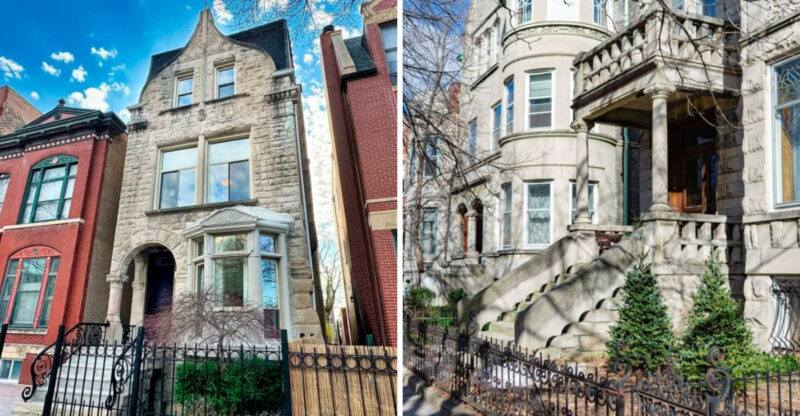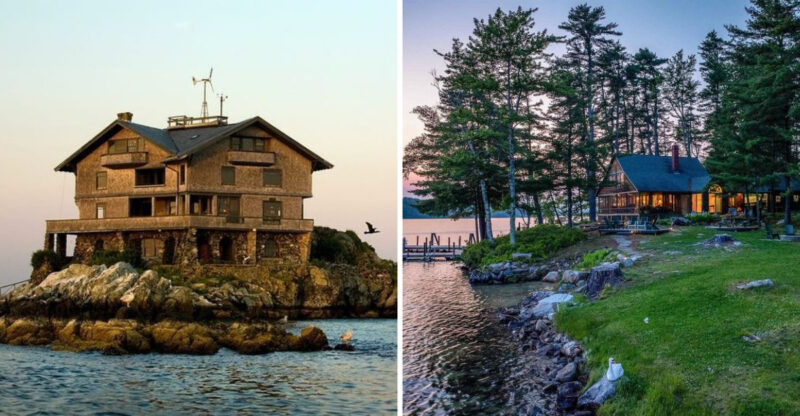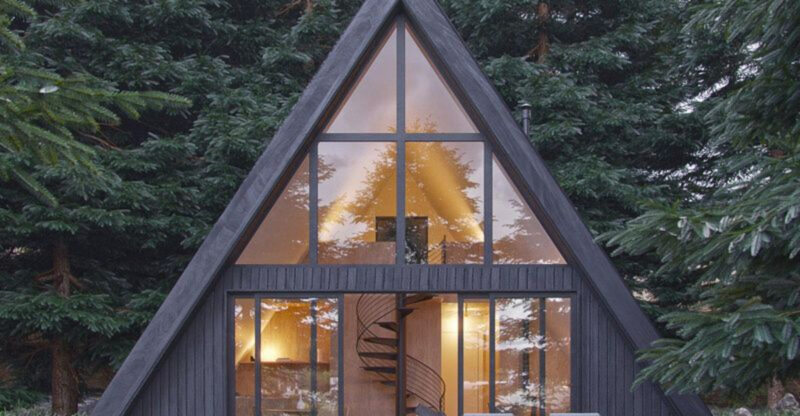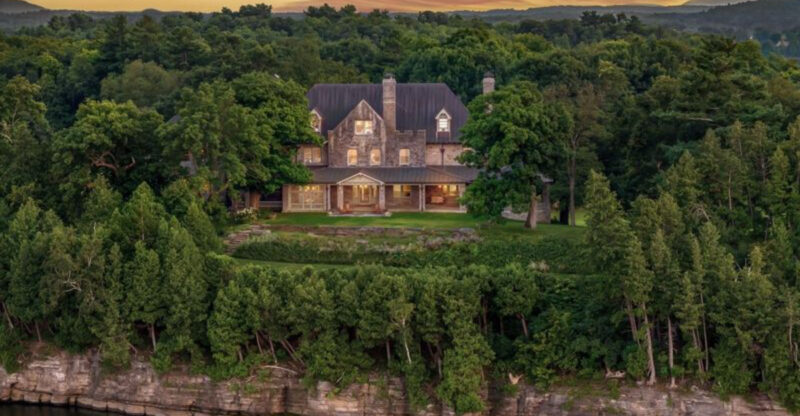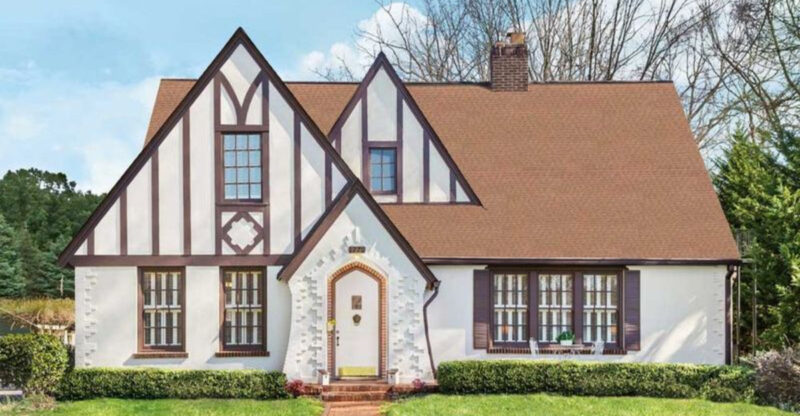17 Most Affordable Types Of Homes For A Dream Retirement
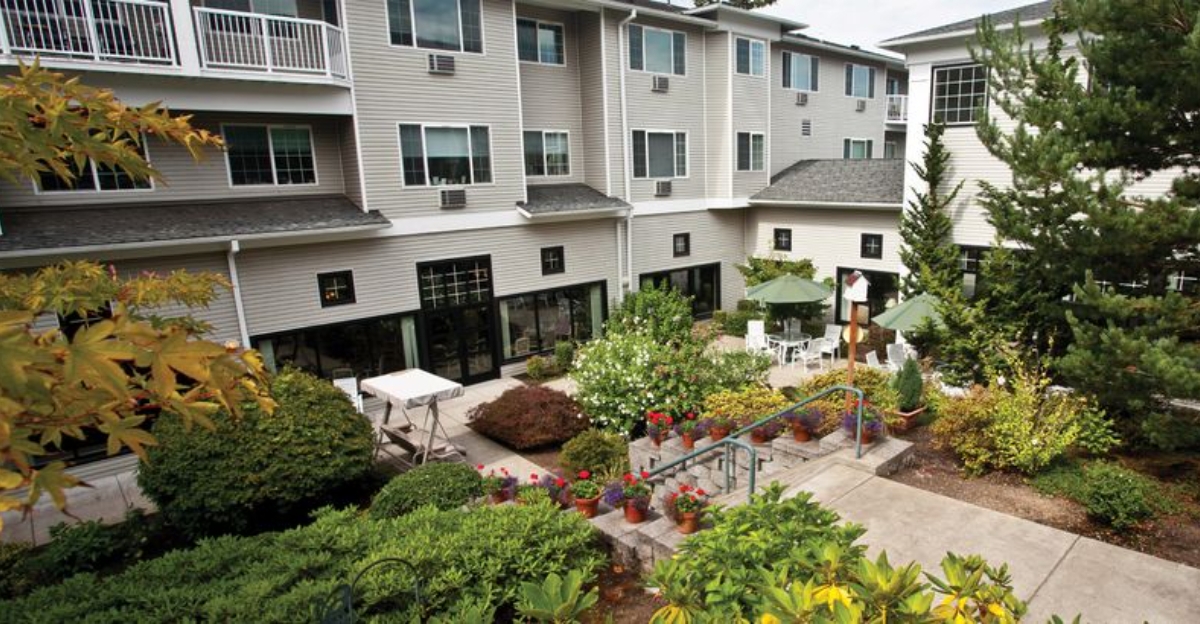
Finding the perfect home for retirement doesn’t have to break the bank.
As we enter our golden years, downsizing to a more manageable and budget-friendly living space often makes good financial sense.
These affordable housing options offer comfort, community, and peace of mind while helping stretch those retirement dollars further.
1. Ranch-Style Home
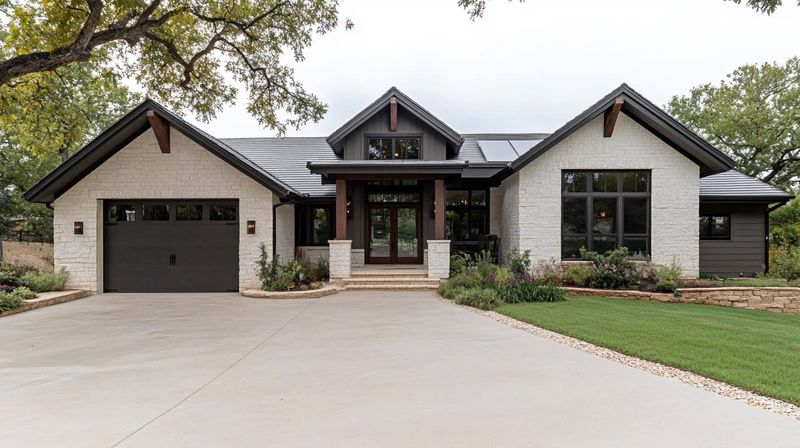
Single-level living makes ranch homes perfect for aging knees and hips! No stairs to navigate means greater independence as you grow older.
These practical homes typically feature open floor plans, making them easy to navigate and modify for accessibility needs. Many retirement communities offer ranch-style options at reasonable price points compared to larger two-story alternatives.
Maintenance is generally simpler too, with everything on one level—from cleaning gutters to washing windows. The wide hallways and doorways common in ranch designs can accommodate mobility aids if needed down the road.
2. Manufactured Home
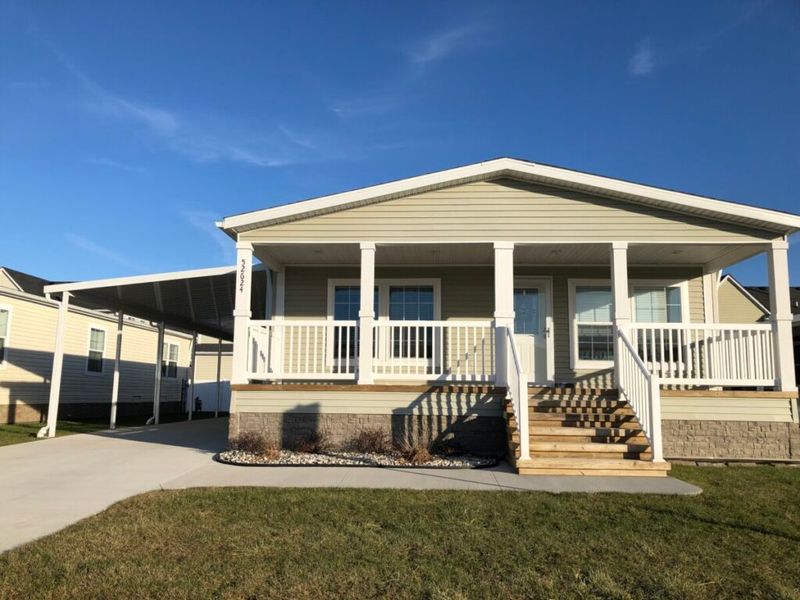
Modern manufactured homes shatter outdated stereotypes with stylish designs and sturdy construction. Factory-built under controlled conditions, these homes often exceed quality standards of some site-built houses.
Your wallet will thank you for the significant savings—typically 20-30% less than traditional construction. Many retirement-focused manufactured home communities offer amazing amenities like pools, clubhouses, and organized activities that foster friendship and community.
Utility bills stay manageable thanks to newer models featuring energy-efficient appliances and excellent insulation. Some upscale manufactured home communities even rival resort living with golf courses and fitness centers at a fraction of the cost.
3. Tiny House

Downsizing to the extreme can lead to financial freedom in retirement! Tiny homes typically range from 100-400 square feet, forcing you to prioritize what truly matters in your living space.
Monthly expenses shrink dramatically with reduced utility costs, lower property taxes, and minimal maintenance requirements. Many retirees report feeling liberated after shedding decades of accumulated possessions to fit comfortably in their new micro-dwellings.
Creative storage solutions and multi-purpose furniture make these small spaces surprisingly functional. Some tiny house communities cater specifically to seniors, offering communal gardens, shared workshop spaces, and built-in social networks that combat isolation while maintaining independence.
4. Condo Unit
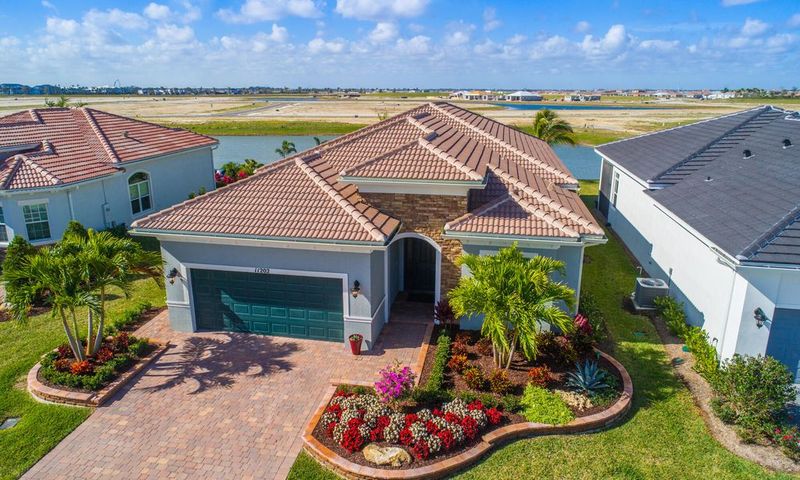
Hassle-free living defines the condo lifestyle that many retirees crave. When the lawn needs mowing or the roof starts leaking, you simply call the management company instead of tackling repairs yourself.
Monthly association fees typically cover exterior maintenance, insurance for common areas, and amenities like pools or fitness centers. Security features such as gated entries, doormen, or surveillance systems provide peace of mind, especially for those who travel frequently.
Location advantages often include walkability to shops, restaurants, and medical facilities. Many condo buildings feature elevators and accessible designs that accommodate mobility changes as you age, making them practical long-term retirement solutions.
5. Townhouse
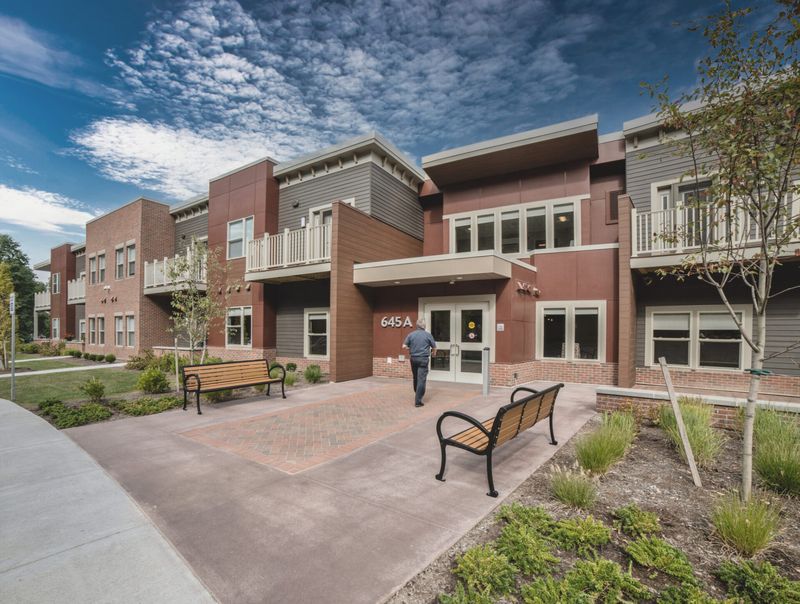
Townhouses brilliantly bridge the gap between detached homes and apartments, giving you ownership without excessive maintenance headaches. These multi-level attached homes typically cost less than single-family houses in the same neighborhoods.
Though you share walls with neighbors, modern construction techniques minimize noise transfer between units. Most townhouse communities handle exterior maintenance through HOA fees, relieving you of landscaping and major repair worries.
Private entrances and small yards or patios provide outdoor spaces without overwhelming maintenance demands. Many retirement-focused townhouse developments include community centers, walking trails, and organized activities that foster social connections while respecting your independence.
6. Patio Home

Privacy meets low-maintenance living in these single-story gems designed with retirees in mind. Patio homes (sometimes called garden homes or zero-lot-line houses) maximize living space on smaller lots by extending to property boundaries on one or more sides.
Your outdoor living extends through sliding glass doors to private courtyard spaces perfect for container gardening or morning coffee. HOA fees typically cover lawn care, snow removal, and exterior maintenance, freeing you from weekend chores.
Clustered designs create natural neighborhood communities while preserving privacy. Most developments feature wider doorways, accessible bathrooms, and other age-friendly design elements that make aging in place comfortable and practical.
7. Duplex Property
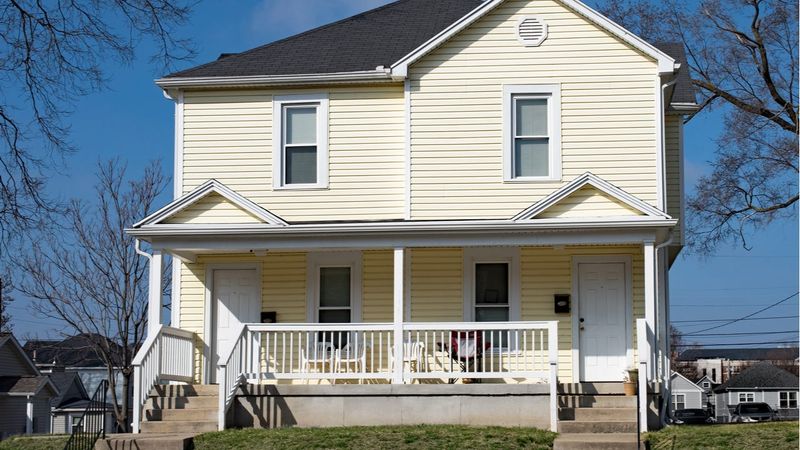
Smart retirees sometimes choose duplexes as investment properties that double as homes. Living in one unit while renting the other creates steady income to supplement retirement funds.
When maintenance issues arise, you’re already on-site to manage repairs efficiently. Many duplexes feature single-level living options perfect for aging in place, with potential for adding accessibility modifications as needed.
Having a neighbor close by provides security and peace of mind without sacrificing independence. Some retirees even purchase duplexes with friends or family members, creating built-in community while sharing ownership costs and maintenance responsibilities a creative solution for affordable retirement living.
8. Cottage-Style Home
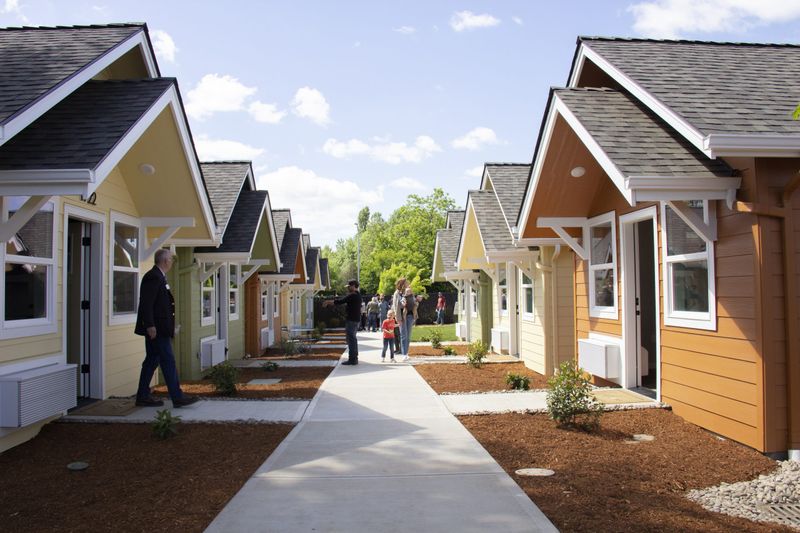
Charming cottage homes bring storybook appeal without breaking your retirement budget. These compact dwellings typically range from 800-1,200 square feet—enough space for comfortable living without excessive maintenance demands.
Architectural details like pitched roofs, shuttered windows, and front porches add character despite the modest footprint. Energy efficiency comes naturally with the smaller space, keeping utility bills manageable throughout retirement.
Cottage communities designed for seniors often feature clustered homes around shared green spaces, fostering natural interactions with neighbors. The cozy scale encourages thoughtful downsizing while retaining the feeling of having your own detached home—perfect for retirees seeking simplicity without sacrificing independence.
9. Mobile Home
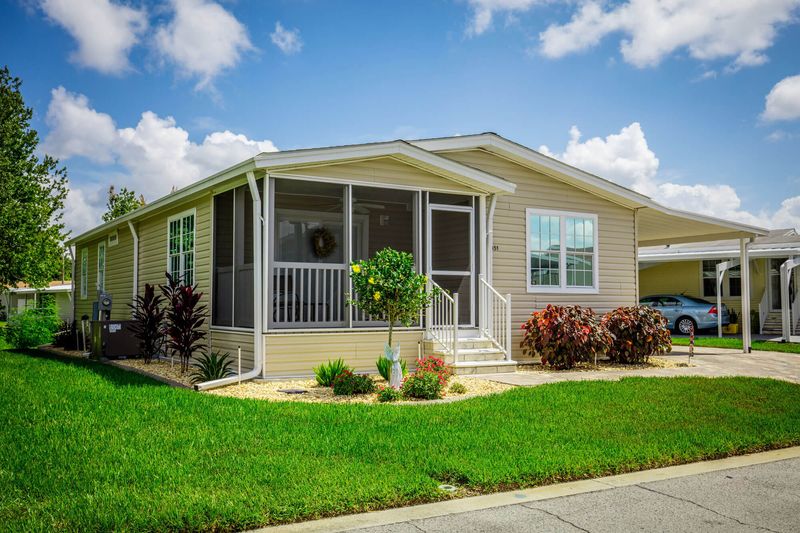
Today’s mobile homes offer surprising luxury at budget-friendly prices that stretch retirement dollars. Modern units feature open floor plans, energy-efficient appliances, and stylish finishes that rival traditional homes.
Land lease communities eliminate the major expense of property ownership while providing amenities like clubhouses, pools, and organized activities. Warm-weather states like Florida, Arizona, and Texas host numerous 55+ mobile home communities with incredibly affordable monthly lot rentals.
Resale mobile homes represent some of the best retirement bargains, often selling for 30-50% less than their original price. Many communities offer robust social calendars and built-in support networks that combat isolation—a significant health concern for seniors.
10. Park Model RV
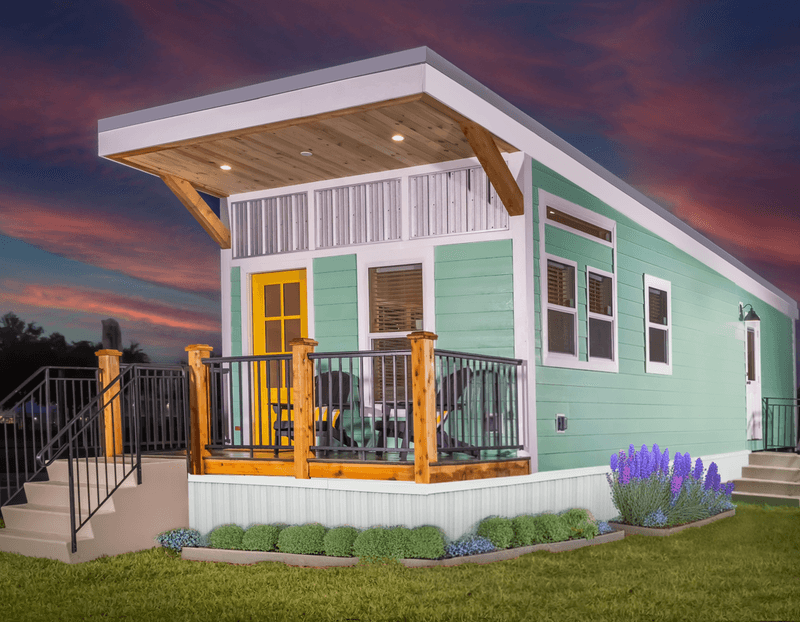
Vacation vibes become everyday life in these compact, cottage-like RVs designed for extended stays. Unlike traditional RVs, park models are built for stationary living in campgrounds or RV resorts, offering around 400 square feet of thoughtfully designed space.
Lower price points make these an attractive option for budget-conscious retirees. Many snowbirds purchase park models in warm-weather destinations, enjoying seasonal living without hotel costs or full-time maintenance responsibilities.
RV resorts catering to seniors often provide resort-style amenities like pools, pickleball courts, and busy social calendars. The community atmosphere in these parks creates instant social connections, with neighbors often becoming like extended family during your retirement years.
11. Co-op Apartment
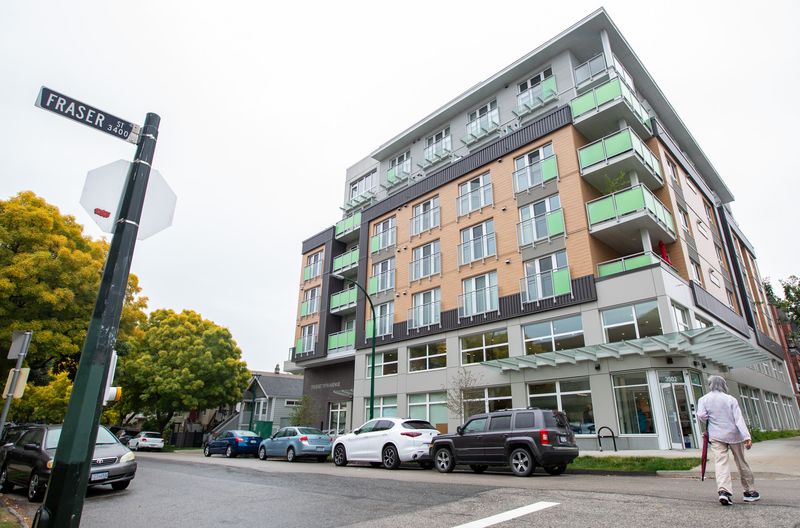
Financial advantages make co-op apartments hidden gems in the retirement housing market. Unlike condos, you purchase shares in the corporation that owns the building rather than the unit itself, often resulting in lower purchase prices.
Monthly maintenance fees typically include property taxes, building insurance, and sometimes even utilities—creating predictable housing costs ideal for fixed incomes. Many older co-op buildings in established neighborhoods offer surprising affordability compared to newer developments.
Strong community governance ensures properties remain well-maintained and financially stable. Co-ops often restrict subletting and have strict approval processes for new residents, creating stable communities where neighbors know each other a significant benefit for seniors concerned about security and social connections.
12. Modular Home
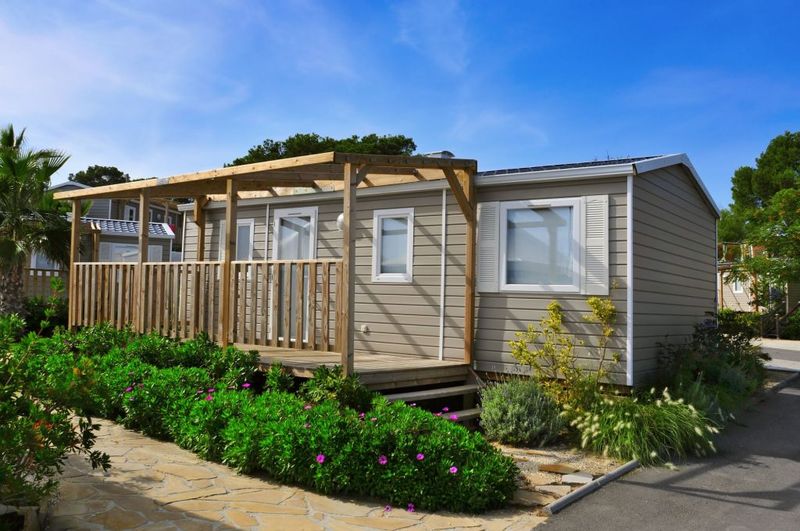
Quality construction meets affordability in modern modular homes that shatter outdated stereotypes. Built in sections at indoor factories, these homes avoid weather delays and damage during construction, often resulting in stronger structures than site-built alternatives.
Customization options abound, allowing you to design accessible features from the start rather than expensive retrofitting later. Energy efficiency typically exceeds building codes thanks to factory precision, keeping utility costs manageable during retirement.
Faster construction timelines mean you can move into your retirement home sooner, often within weeks of site preparation. Many retirement communities now welcome quality modular homes, giving you access to amenities and social opportunities at significantly lower price points than traditional construction.
13. Bungalow House
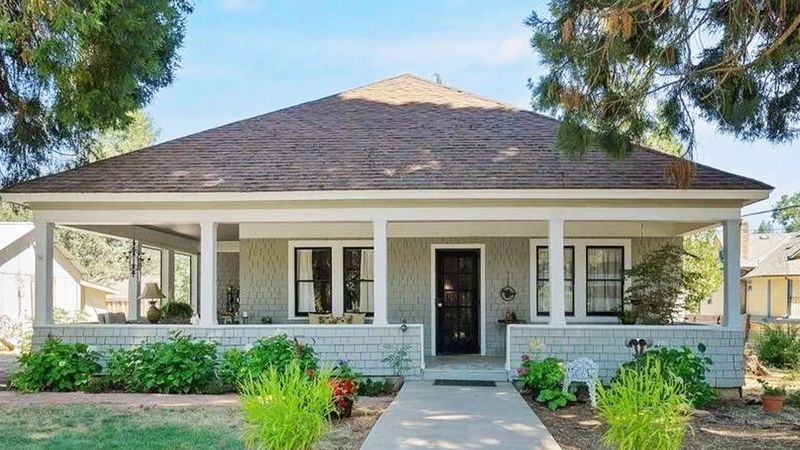
Historic charm meets practical single-level living in traditional bungalows that many retirees adore. Wide front porches encourage neighborhood connections while providing sheltered outdoor living space.
Craftsman details like built-in cabinets and window seats add character while maximizing space efficiency. Older bungalows in established neighborhoods often cost less than newer construction while providing walkability to shops and services.
Compact footprints mean lower maintenance demands and reduced utility costs. The enduring popularity of bungalow architecture ensures these homes hold their value well an important consideration for estate planning. Their inherent accessibility with few or no stairs makes aging in place practical with minimal modifications.
14. Senior Living Apartment
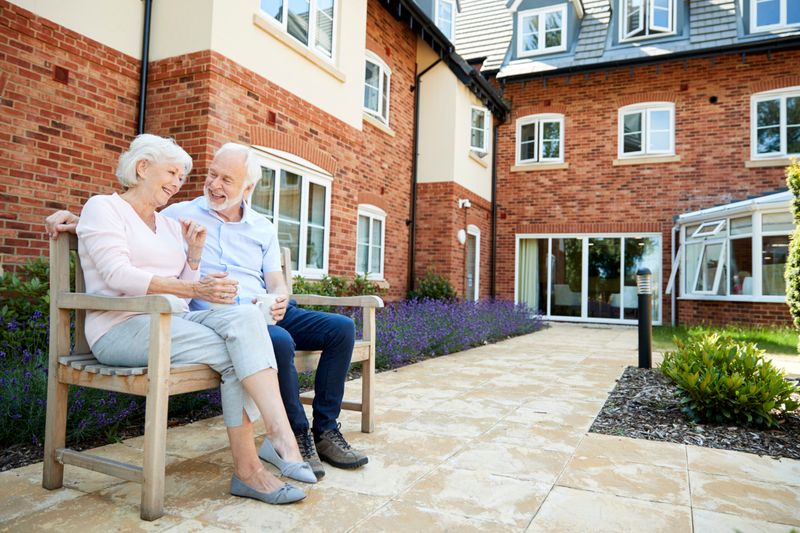
Age-restricted apartments offer tailored amenities that generic housing can’t match. These communities typically require residents to be 55+ or 62+, creating environments specifically designed for active adults.
Monthly rents often include utilities, maintenance, transportation services, and even some meals in certain communities. Social calendars burst with activities from fitness classes to day trips, making friendship formation natural and combating isolation.
Safety features like emergency call systems, grab bars, and accessible design come standard rather than as expensive add-ons. Many communities offer tiered living options that allow you to transition from independent apartments to assisted living if needs change, providing valuable peace of mind for long-term planning.
15. Cabin Retreat

Rural simplicity offers peaceful retirement living at surprisingly affordable prices in many regions. Small cabins require minimal maintenance while connecting you directly with nature—perfect for retirees who find solace in birdsong rather than bustling community centers.
Land costs in rural areas often run significantly lower than suburban or urban settings. Modern prefab cabin options combine rustic aesthetics with energy-efficient construction, keeping both purchase prices and ongoing utility costs manageable.
Technology advancements like satellite internet and telehealth services make remote living more practical than ever for seniors. Many retirees find that downsizing to cabin life aligns perfectly with their desires for simplicity, connection with nature, and reduced financial pressure during retirement years.
16. Garden Home
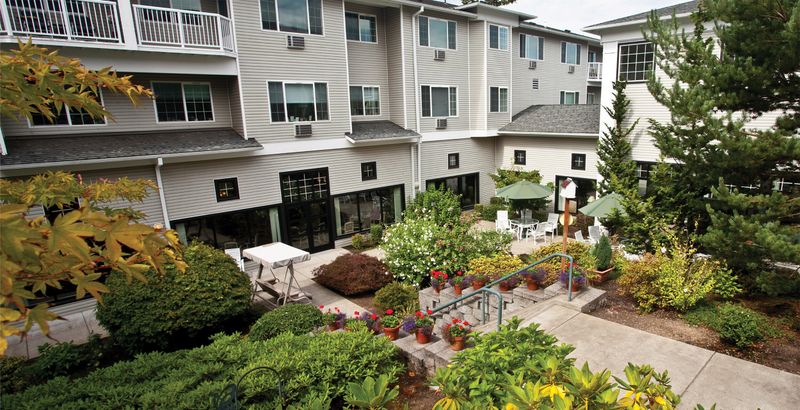
Landscaping enthusiasts find their paradise in garden homes designed around outdoor living spaces. These single-level residences typically feature courtyards, patios, or small yards perfect for container gardening without overwhelming maintenance.
HOA fees usually cover exterior maintenance and lawn care, allowing you to focus on the enjoyable aspects of gardening. Many developments include community garden plots where residents share knowledge and harvests, creating natural social connections.
Open floor plans with large windows and glass doors bring natural light indoors while creating seamless indoor-outdoor living. Garden home communities often cluster homes to maximize shared green spaces, giving residents access to beautifully landscaped grounds without personal maintenance responsibility—ideal for retirement living.
17. Houseboat Residence
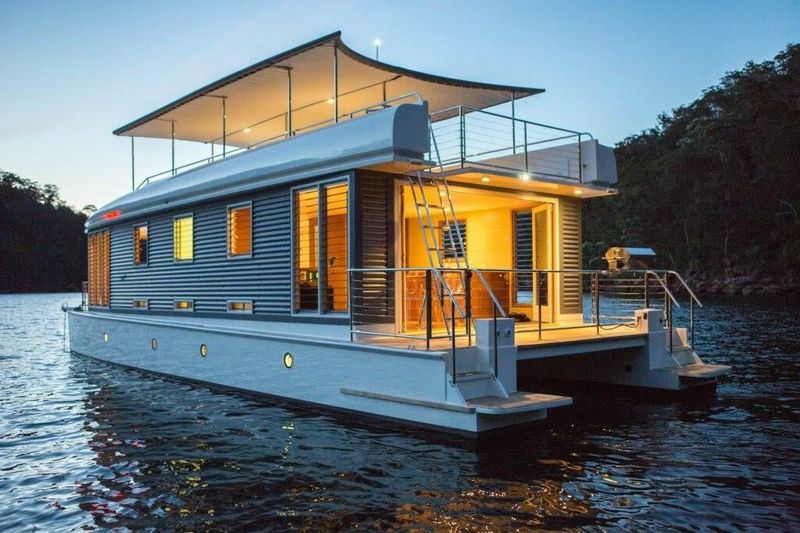
Waterfront living becomes surprisingly affordable when your home actually floats! Modern houseboats offer comfortable year-round living with full kitchens, bathrooms, and living spaces comparable to small apartments.
Marina fees typically include utilities, security, and access to shore facilities, creating predictable monthly housing costs. Many retirees report that gentle water movement helps with sleep quality and joint pain relief.
Close-knit marina communities provide built-in security and social connections. While maintenance differs from traditional homes, many tasks are simplified by the smaller scale. Retirees with adventurous spirits find that houseboat living combines affordable housing costs with million-dollar water views that would be unattainable in conventional waterfront properties.

